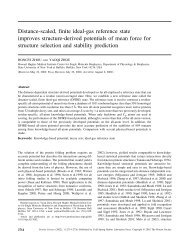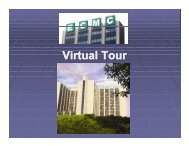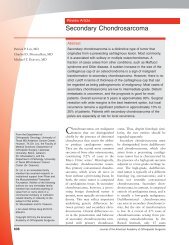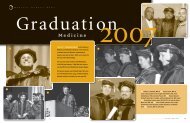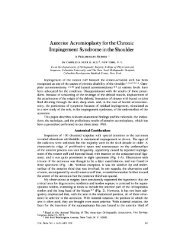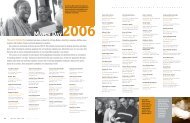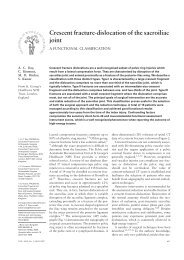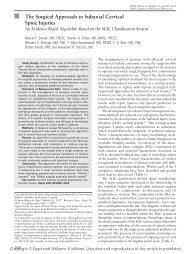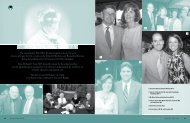Download Residency Training Program PDF - Ross Eye Institute
Download Residency Training Program PDF - Ross Eye Institute
Download Residency Training Program PDF - Ross Eye Institute
Create successful ePaper yourself
Turn your PDF publications into a flip-book with our unique Google optimized e-Paper software.
or at least the findings reviewed by an attending. Emergency<br />
patients must be seen as soon as possible when requested by the<br />
ER physician, and if possible, be brought to the clinic. When<br />
possible, schedule visual fields for patients during the same visit,<br />
but keep in mind that the whole process takes about 35 minutes.<br />
Patients who are waiting while dilating should be seated in the<br />
inner hallway or the drop room to facilitate flow and ease of<br />
patient volume and prevent backup.<br />
Photography<br />
The ophthalmic photography service of the Department of<br />
Ophthalmology at the University at Buffalo offers a complete<br />
spectrum of photographic services including: slit-lamp and fundus<br />
photography, stereo imaging of optic nerve heads and fundus,<br />
gonioscopic photography, red-free nerve fiber layer photography,<br />
Heidelberg Retinal Tomography, Ocular Coherence Tomography<br />
of the retina & optic nerves, Computerized corneal topography,<br />
and Digital intravenous fluorescein angiography. Support services<br />
also include videotaping of surgical procedures in the major OR<br />
with complete editing of videotapes or DVD’s, still photography of<br />
surgical procedures, production of computer generated 35mm<br />
slides for presentations and photography of printed materials.<br />
Ample time and attending approval must be allotted for utilization<br />
of photographic services, as they are time consuming and<br />
expensive. When requesting photographs, it is imperative that the<br />
physician communicate with the photographer exactly what it is<br />
that is to be imaged.<br />
Intravenous Fluorescein<br />
In performing a fluorescein angiography, it is essential to<br />
understand some of the inherent limitations of this study.<br />
Fluorescein is a tissue irritant and therefore, a large vein should be<br />
selected for the injection. When introducing the recommended 20<br />
gauge needle into the vein, the arm should be immobilized to help<br />
the injector as well as the photographer who is at the same time<br />
focusing on the patient=s retina. Blood should be withdrawn to be<br />
certain that there is no doubt that the needle has been properly<br />
placed. The tourniquet is then released, a small amount of blood is<br />
again withdrawn as a double check, and the injector states to the<br />
photographer ready. After the photographer acknowledges that all<br />
is ready, use a calm steady voice to announce that the injection has<br />
begun and inject as quickly as possible. Announce when finished<br />
by saying complete. It is important to inject the fluorescein as fast<br />
as possible with one smooth push, to ensure that there will be a<br />
reasonably good amount of fluorescein entering the eye at one<br />
time. A good bolus helps to show fine detail in the early phases of<br />
19




